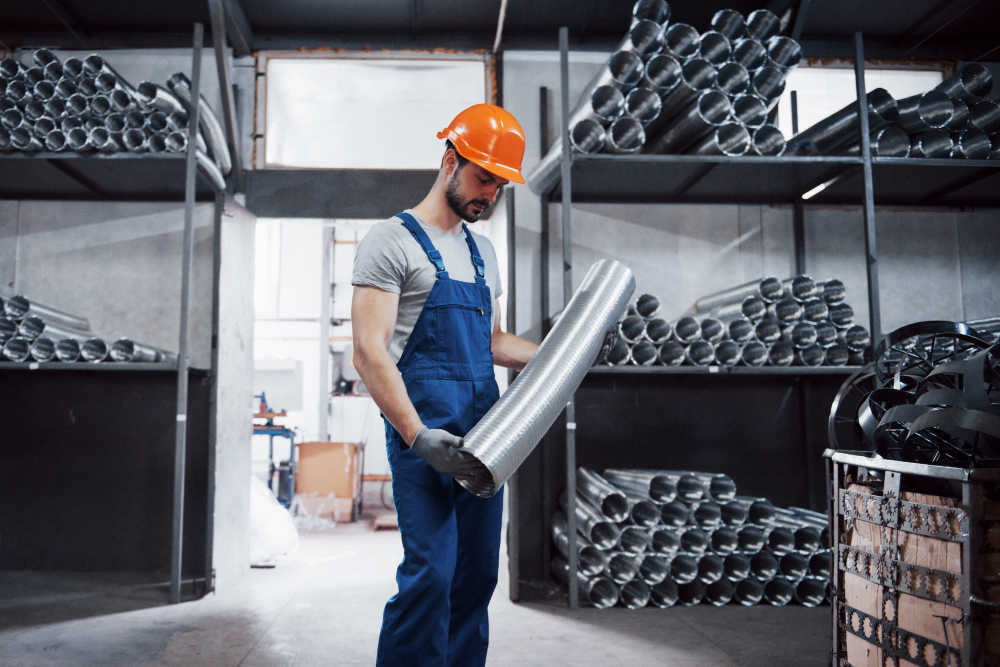Steel plays a crucial role in the global mining industry. This versatile and durable material is essential for various mining operations, supporting extracting of valuable resources from the earth. This article delves into the essential nature of steel in the mining industry, its applications, and the reasons behind its widespread use.
Mine infrastructure
A critical steel application in the mining industry is the construction of mine infrastructure. Steel is used to build mining buildings, shafts, tunnels, support structures, and processing facilities. These structures must withstand significant loads, pressures, and environmental factors, and steel provides the necessary strength and resilience to ensure the safety and longevity of these vital facilities.
Furthermore, steel is essential in the production of extraction and processing machinery. Mining companies heavily rely on crushers, mills, separators, and smelters to extract and refine valuable minerals. These machines often operate under extreme conditions, such as high temperatures and pressures, and steel’s strength and heat resistance make it a vital material in their construction.
Mining equipment and machinery
Steel is also a fundamental component in mining equipment and machinery construction. It is widely used to manufacture excavation tools, drills, crushers, and conveyors. The strength and durability of steel make it ideal for these heavy-duty applications, ensuring that the equipment can withstand the harsh conditions and rigorous demands of mining operations.
Transportation systems
Steel is an essential material in producing mining transportation systems. It is used to manufacture railroad tracks, locomotives, and wagons that transport mined materials from the mining site to processing plants or shipping ports. Steel’s durability and load-bearing capacity enable efficient and reliable transportation, facilitating the movement of large volumes of materials across long distances.
Supply chain
Steel is also crucial in the mining industry’s supply chain. Storage facilities, such as warehouses and silos, rely on steel structures to store and protect the extracted minerals before they are processed or transported. These structures must be secure, weather-resistant, and capable of withstanding the weight of the stored materials, making steel an ideal choice.
Safety equipment
The use of steel in the mining industry is not limited to equipment and infrastructure. Steel is also used in personal protective equipment (PPE) for mine workers. Safety helmets, boots, gloves, and other protective gear are often made from steel or steel alloys to provide maximum protection against hazards such as falling objects, impact, and heat.
Benefits of using steel
The widespread use of steel in the mining industry can be attributed to several factors. Firstly, steel’s exceptional strength and durability make it an ideal choice for the demanding and harsh conditions present in mining operations. It can withstand heavy loads, impacts, and extreme temperatures, ensuring the reliability and longevity of mining equipment and infrastructure.
Moreover, steel is readily available and cost-effective compared to other materials, making it a preferred choice for the mining industry. Its abundance and versatility allow efficient production and easy customization to suit specific mining requirements. The recyclability of steel also contributes to its sustainability and attractiveness to mining companies striving for environmentally friendly practices.
Conclusion
Steel plays a vital role in the global mining industry. Its strength, durability, and versatility make it indispensable in constructing mining buildings, equipment, transportation systems, and storage facilities. The mining industry could extract, process, and transport valuable resources efficiently and safely with steel.











